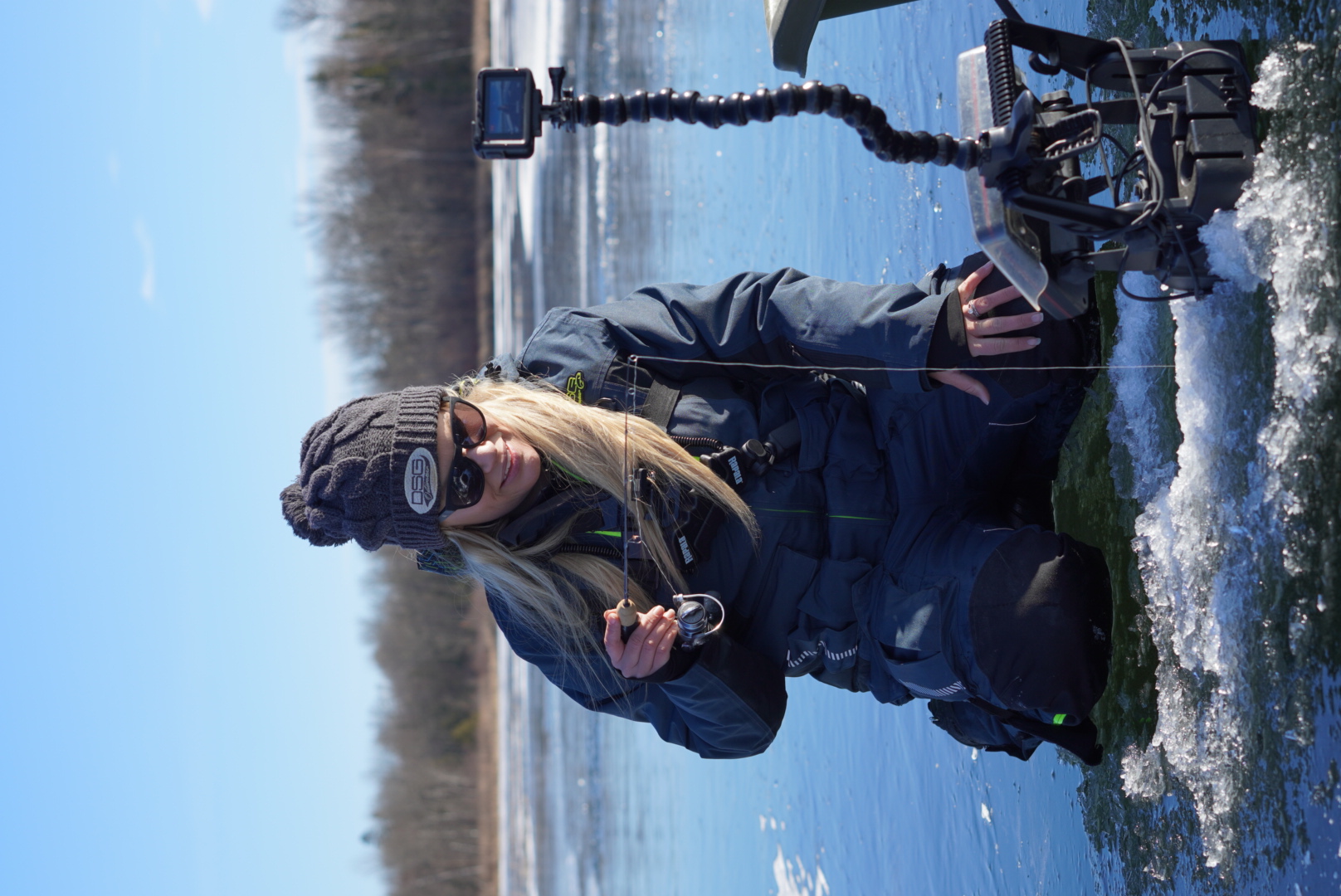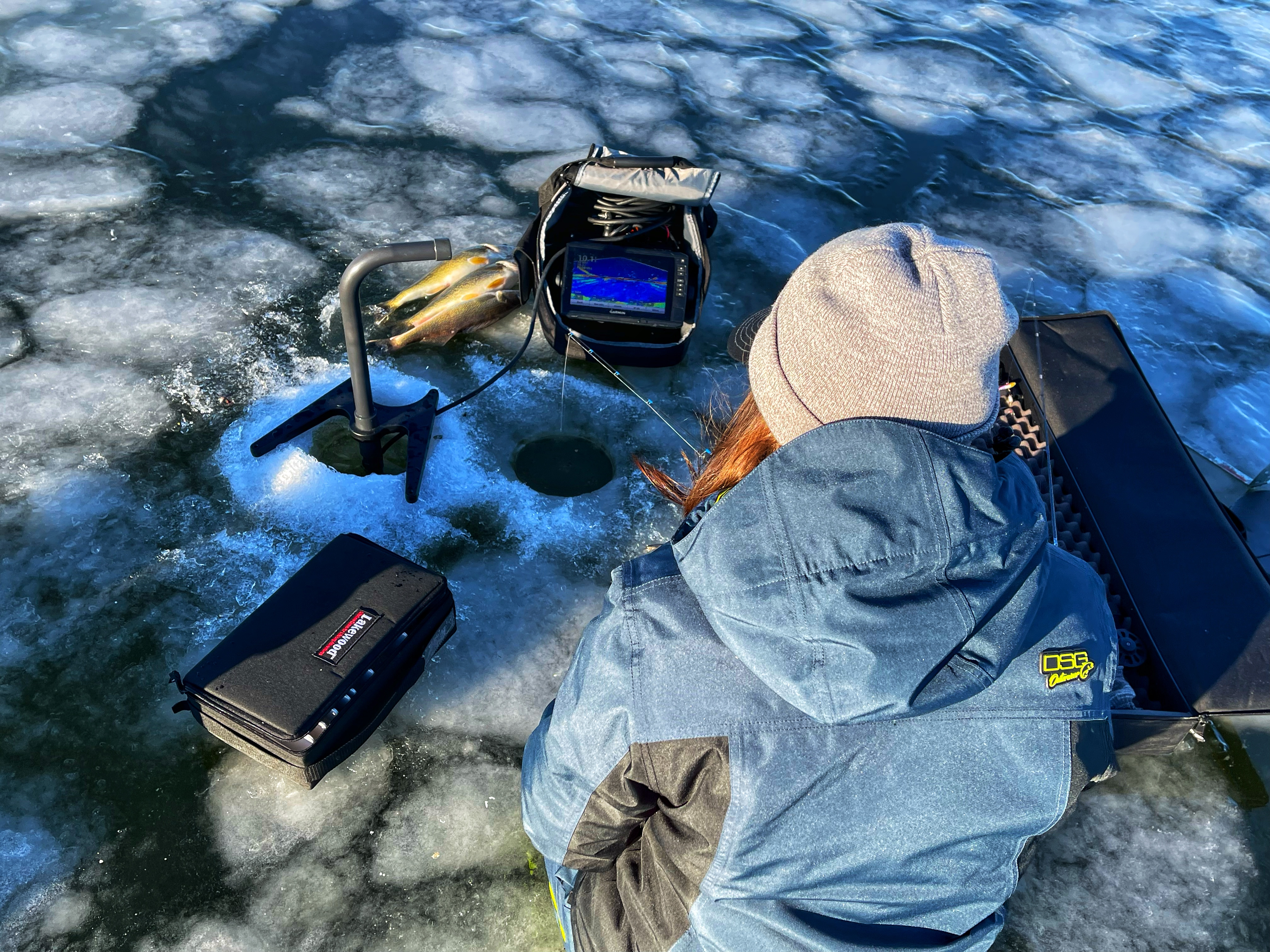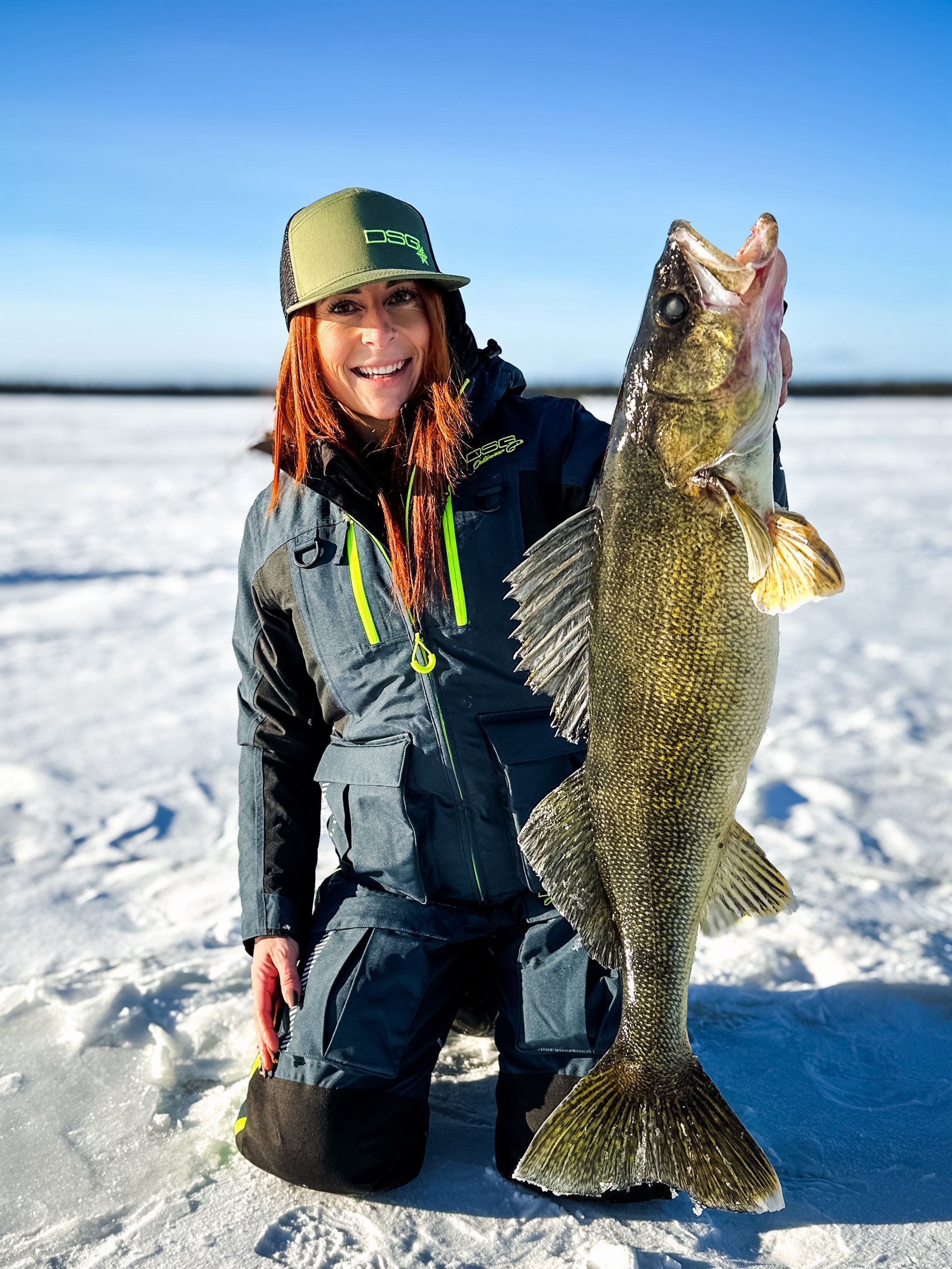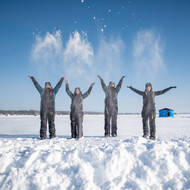Choosing Where to Ice Fish
Posted by Samantha Simma on Mar 13th 2023
It’s a crisp winter day, and you have all your ice fishing gear loaded into your vehicle. The only question now is: where will you fish? Deciding on a body of water (and then an area on that specific body of water) can be a challenge, especially when you’re unfamiliar with some of your options. But what you don’t know doesn’t have to stand in your way. Welcome the challenge of finding new fishing areas, with these tips for success.
First off, consider potential ice fishing spots long before they freeze over—doing so gives you the opportunity to get the lay of the lake. You can identify areas of vegetation and structures in the water more easily before winter starts. Then, as the local waters start to freeze over, start your ice season on smaller bodies of water. Here, the ice is not only safer, but later on, you’ll want to move to larger bodies of water where the fish are less stressed from low oxygen levels and lack of food sources.

In any body of water, you want to determine where fish attractants are located, which include vegetation, structures, and deep underwater basins. Structures may include submerged trees or logs, a pier, ledges, a weed bed, or a big group of underwater rocks. Evaluate the vegetation at different depths—some deep, soft-bottomed basins are prime places for fish food, while shallower areas where the light penetrates through the ice there may be plentiful food sources as well. The more you fish for a certain species, the more you’ll learn its individual patterns of behavior and what that species is attracted to.
Use a contour map, a lake map on your GPS, or something similar to determine the slopes and drop-offs underwater. The Navionics web app is helpful for familiarizing yourself with a new body of water. This app provides high definition bathymetry maps of lakes. Like a topographic map, the closer the lines are together on the app, the steeper the contour is underwater.

When in doubt, don’t be afraid to ask some local anglers about the fish scene. Not all anglers are tight-lipped about where they like to fish, and it’s worth asking or inquiring online in fishing groups and on message boards about spots people recommend. Then, when you’re out on the ice, you may find a crowd of fish houses in one spot. While you don’t have to avoid this spot altogether, it’s better to situate yourself on the fringe, where you might find fish that aren’t on guard in this obvious hot spot. You can also scout the conditions of this “hot spot” (the area's depth, type of bottom, etc.) and use a map to find a different location on the water that has similar characteristics.
Fishing a new lake doesn’t have to be daunting. Reframe your perspective—you’re just applying the skills and knowledge you already have to another body of water. Like on the open water, you shouldn’t be afraid to try new places. You never know when you may discover your new favorite fishing hole.
Wherever you end up fishing, make sure you find out and abide by the following:
- Fishing season dates
- Required shelter markings
- Equipment restrictions
- Maximum hole size

5 Ice Fishing Destinations to Put on Your Bucket List
Devils Lake, North Dakota: the winter season is long in North Dakota, and the fish here are large and healthy. Ice anglers are likely to seek perch, walleye, and pike.
Lake of the Woods, Minnesota: as the self-proclaimed Walleye Capital of the World, the area has made a name for itself as an ice fishing trip destination. Simultaneously, it has plenty of activities and accommodations to keep you and your ice fishing buddies busy for a week or a weekend.
Lake Champlain, Vermont: for many, the beauty of this body of water can distract from the task at hand. But if you remain focused, ice anglers may pull bluegill, perch, pike, and the occasional walleye through the ice.
Birch Lake, Alaska: rainbow trout, coho salmon, Chinook salmon, arctic char and arctic garling are commonly caught on this novice-friendly lake.
Fort Peck, Montana: with 1,500 miles of shoreline and depths up to 200 feet, it’s no wonder this large lake in Montana is populated with more than 50 kinds of fish. Keep in mind that part of this lake’s charm is its remoteness.

